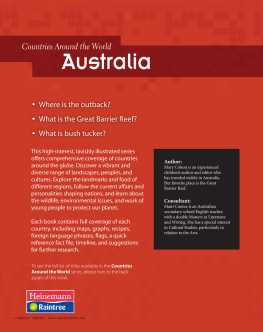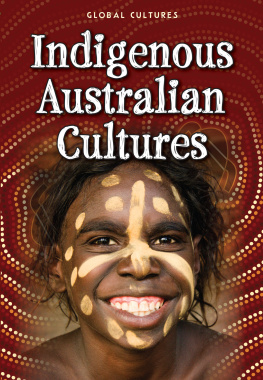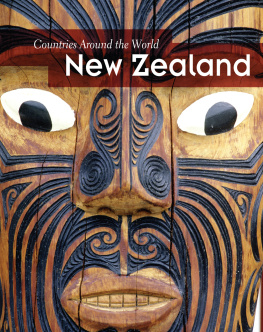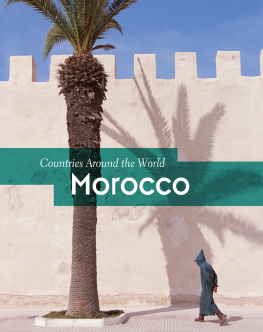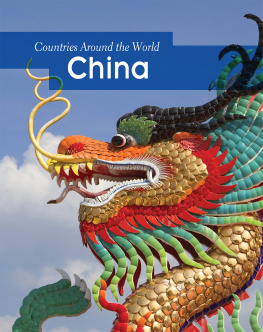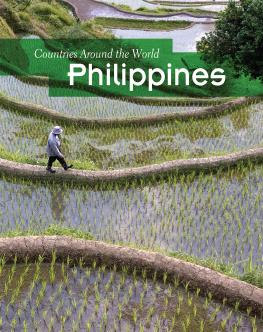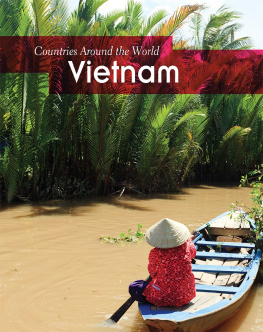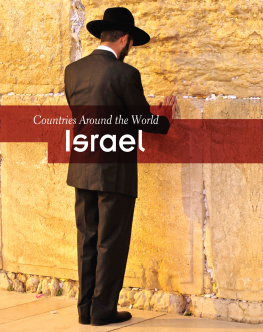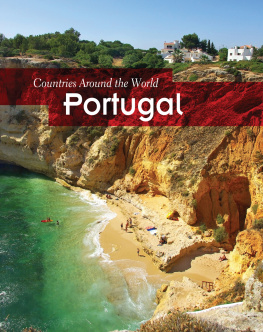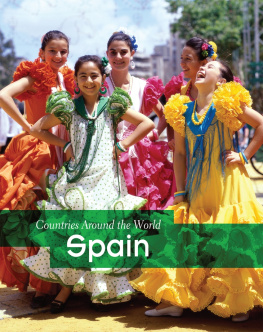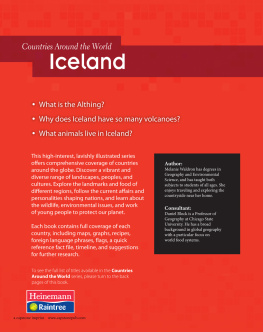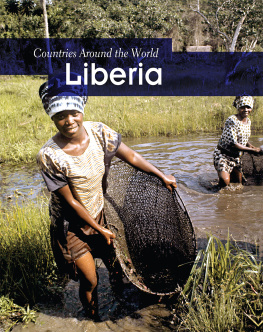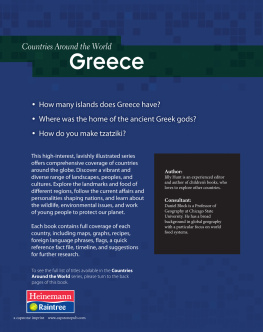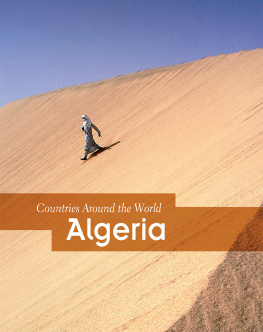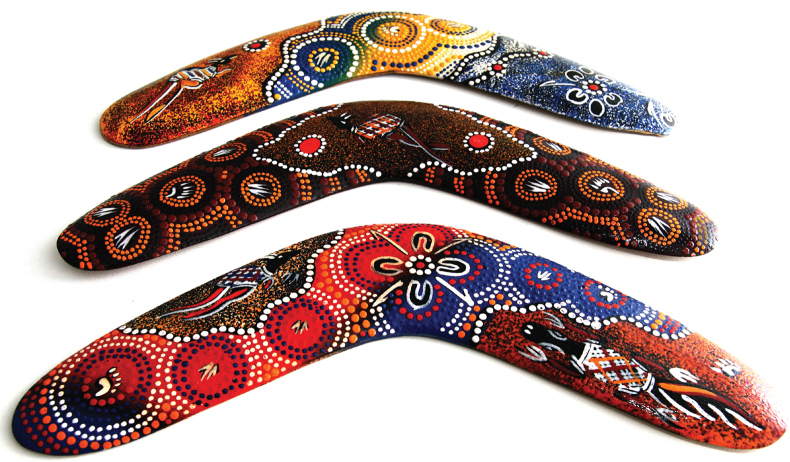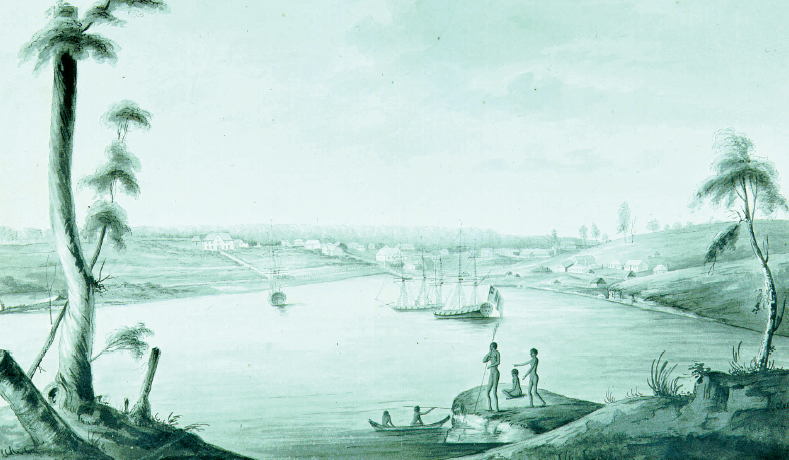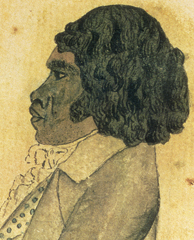Find Out More
Books
Allgor, Marie. Endangered Animals of Australia ( Save Earth's Animals! ). New York:PowerKids, 2011.
Bateman, Helen, and Jayne Denshire. Australia ( Famous Places of the World ). NorthMankato, Minn.: Smart Apple Media, 2007.
Bingham, Jane. Australia ( Exploring Continents ). Chicago: Heinemann Library, 2007.
Scillian, Devin. DIs for Down Under: An Australia Alphabet ( Discover the World ). Ann Arbor,Mich.: Sleeping Bear, 2010.
Sheen, Barbara. Foods of Australia ( Taste of Culture ). Detroit: KidHaven, 2010.
Underwood, Deborah. Australia, Hawaii, and the Pacific ( World of Music ). Chicago: HeinemannLibrary, 2007.
Websites
http://australianmuseum.net.au/Stories-of-the-Dreaming/
Enjoy stories of the Dreaming from different parts of Australia.
http://kids.nationalgeographic.com/kids/places/find/australia/
This website tells you more about Australia. Find out the basics about
boomerangs and much more.
www.australia.com
This is the official national tourism website for Australia.
Places to visit
If you are lucky enough to visit Australia, these are some of the places you couldvisit and activities you could try:
Harbor Bridge climb, Sydney, New South Wales
Climb Sydney Harbor Bridge and get a birds-eye view of the city, opera house, andport.
Cape Tribulation rain forest, Queensland
Explore amazing rain forests and mangrove swamps and see tree kangaroos, crocodiles,and globe spiders.
Great Barrier Reef, Queensland
Snorkel above the largest living thing on Earth. See the amazing colors and shapesof millions of fish and coral.
Tall Timber Country, Western Australia
Walk among the treetops at this park and see the giant karri and tingle trees.
Uluru, Northern Territory
Visit Australias most famous rock. Take a guided tour around the sacred sites andsee the amazing rock art. Watch Uluru change color as the sun sets.
Australian Convict Sites, Tasmania
Around 166,000 male, female, and child prisoners were sent to Australia from GreatBritain between 1787 and 1868. See where they were imprisoned and learn how theirforced labor helped to build a new British colony.
Lone Pine Koala Sanctuary, Queensland
Cuddle a koala, hand-feed kangaroos, and see some amazing Australian animals likethe echidna and the duckbill platypus.
Introducing Australia
What do you imagine when you think of Australia? Do you see kangaroos, crocodiles,and koalas? Or barbecues, surfers, and white, sandy beaches?
Australia is the worlds largest island, with the Indian Ocean on one side and thePacific Ocean on the other. It is one of the least populated countries in the world,with a huge wilderness in the center called the outback . The country is one-thirddesert, one-third semi-desert, and one-third fertile farmland. Much of the countryscenter is dry and waterless, but along the 16,007 miles (25,760 kilometers) of coastline,it is full of life.
It is a land of fragile rain forests, rugged coastlines, fertile valleys, tropicalislands, and busy modern cities. It is also home to the largest living thing on Earth,the spectacular Great Barrier Reef .
Unique and unusual
Australias wildlife is unique . In 1780 the naturalist Joseph Banks sent a specimenof the duckbill platypus back to other naturalists in Great Britain. They did notbelieve that the strange-looking creature was real! Less funny are the countrysdeadly snakes, poisonous spiders, and fearsome sharks.
The countrys indigenous people, the Aboriginals, have lived on the land for over50,000 years. Europeans settled there just over 200 years ago. They named the landTerra Australis, which means southern land in Latin.
Australian inventors are responsible for the refrigerator, the ultrasound machine,and the electronic pacemaker. An Australian also invented Wi-Fi.
How to say...
There are many indigenous languages in Australia. To say hello, the Arrernte peoplesay werte (wurda). Yaama (yarma) is what the Gamilaraay people say, and the Pitjantjatjarapeople say wai palya (wa-ee palia).
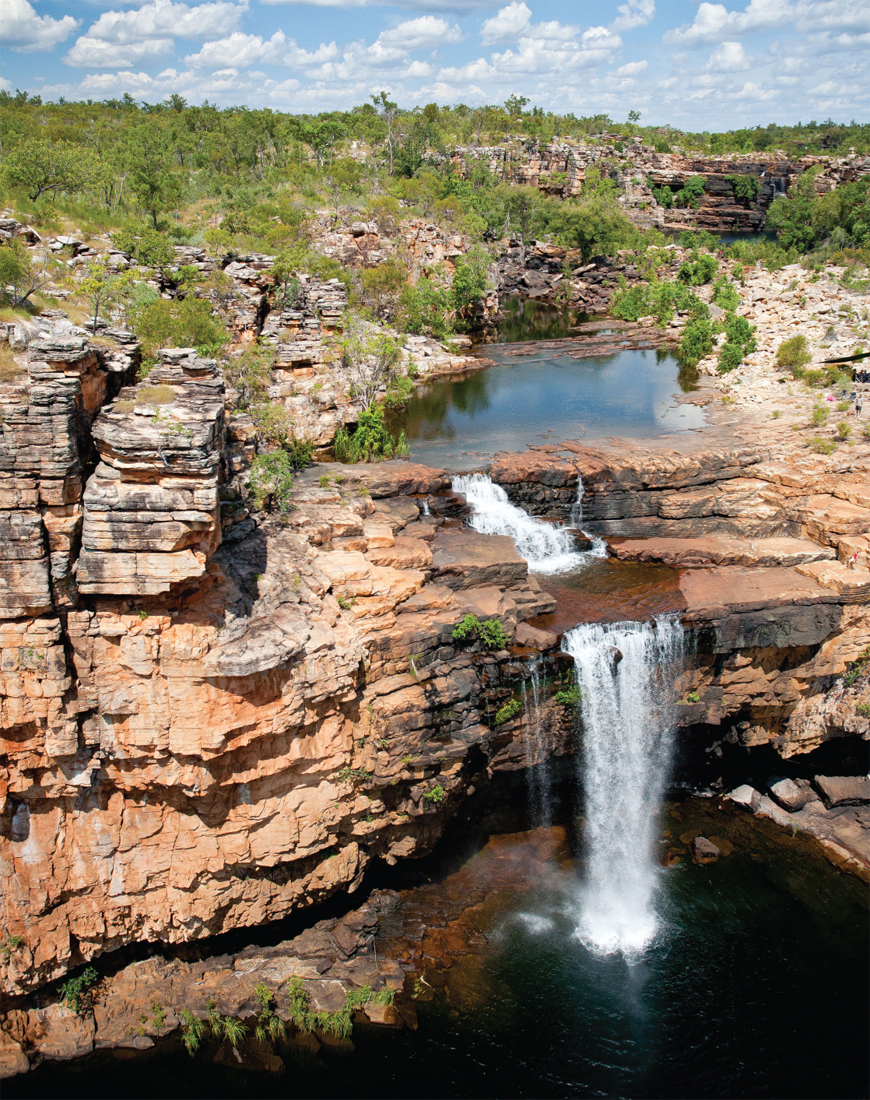
Australias dramatic landscape attracts millions of visitors each year.
History: Toward Equality
Aboriginals have lived in the country for tens of thousands of years. Human remains,thought to be about 40,000 years old, have been found at Lake Mungo, a dry lake insoutheastern Australia. Aboriginals are believed to have sailed across the sea fromthe nearby countries of New Guinea and Timor. Over time, Aboriginals learned aboutthe land, the creatures, and how to survive in harmony with nature.
Daily life
Aboriginal tribes were hunter-gatherers, which means they moved around the countryall year round in search of food. When they found food, they communicated with othergroups by using a bullroarer. This is a flat piece of wood on a string that makesa whirring noise when it is spun. This noise can be heard across long distances.
Aboriginals used woomera (spear-throwers) and boomerangs to hunt for food.
By the 1600s, when European explorers arrived, there were around 350,000 Aboriginalsliving in about 250 different tribes. In each tribe, there were several clans withanywhere from 5 or 6 members up to as many as 30 or 40 members. Each tribe had itsown language.
European explorers
In 1642 the Dutch explorer Abel Tasman landed on the shores of what is now Tasmania,an island off the southeast coast of Australia. He named the island Van DiemensLand, after Anthony van Diemen, his patron . Beginning in 1770, the British explorerJames Cook sailed around Australia. He named many places, including Botany Bay.
The arrival of Europeans, who claimed the land for themselves, caused tensions withthe indigenous people. It was not long before fighting broke out.
In Sydney Harbor in the 1700s, Aboriginals watch European ships arriving.
Power shift
On January 26, 1788, the British claimed the east coast of Australia and raised a Union Jack flag in Sydney. Life changed dramatically for the Aboriginals. Europeandiseases such as smallpox were deadly to them, because they had no resistance tothese germs. A year later, a smallpox epidemic wiped out about 50 percent of theAboriginals in the area. In 1803 Van Diemen's Land was colonized by the British asa penal colony . Prisoners were sent to Australia from Britain, often for crimes asminor as stealing a loaf of bread.
WOOLLARAWARRE BENNELONG (AROUND 1764-1813)
Woollarawarre Bennelong was a member of the Eora, a tribe from the Sydney area. Bennelongserved as an interpreter between the Eora and the British. He even traveled to Britainand met King George III.

